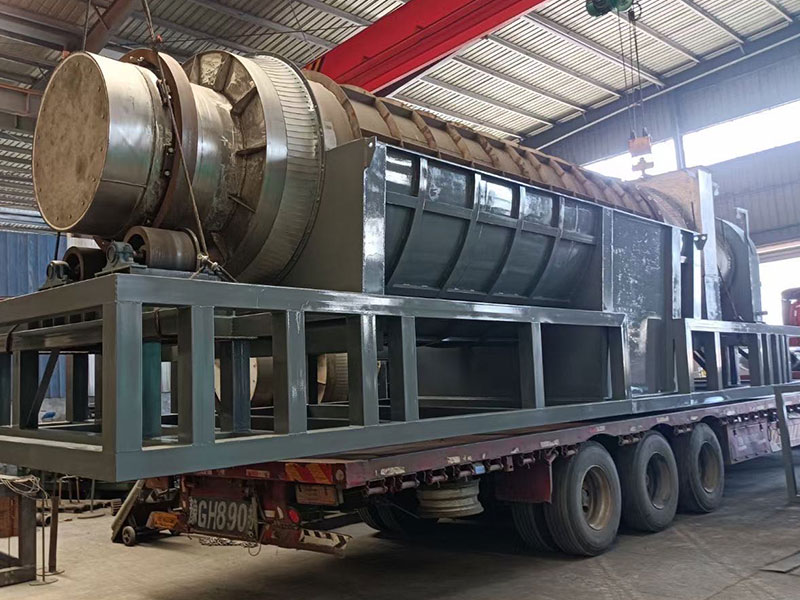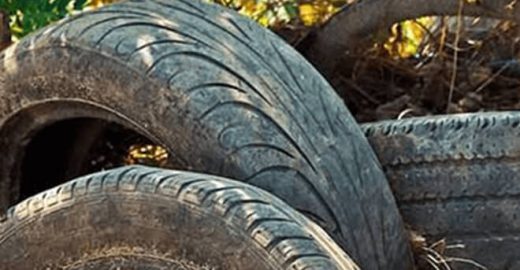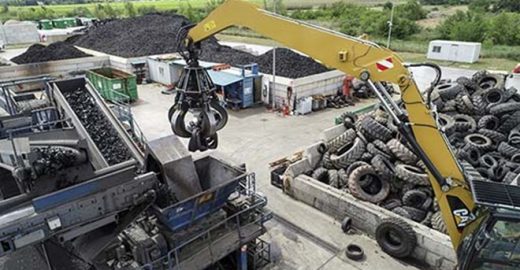Biomass pyrolysis machine is a key technical equipment for converting organic waste into biochar or charcoal. Biomass pyrolysis technology can efficiently convert waste biomass raw materials into gas fuel, liquid oil and solid biochar. Biomass carbonization plant is an important direction for the development of biomass energy.
Biomass energy is the energy form of solar energy stored in biomass in the form of chemical energy, that is, energy with biomass as the carrier. It comes directly or indirectly from the photosynthesis of green plants. Pyrolysis plant can convert it into conventional solid, liquid and gaseous fuels, which is a renewable clean energy.

Biomass carbonization plants are used in environmental protection, agriculture, energy and other fields. The biomass pyrolysis machine adopts a continuous feeding and discharging design, supports high temperature (380°C–850°C) oxygen-free pyrolysis, and significantly improves the production efficiency of biochar.

The Biomass Carbonization Plant can process agricultural and forestry waste. Such as rice husks, straw, wood chips, coconut shells, palm shells, bagasse, etc. And convert them into biochar for soil improvement or fuel. Biomass pyrolysis machine also can convert dewatered sludge into charcoal fertilizer.

Solid: Biochar (carbon content exceeds 90%), as soil improvement or adsorbent.
Liquid: Bio-oil (containing complex organic matter such as phenols and organic acids), with an energy density of about 15-17MJ/kg, which needs further refining.
Gas: mainly H₂, CO, and CH₄, as fuel for pyrolysis reactors and recycled.

An Australian general waste and tire recycling authoritative body turned to Environment Minister Sussan Ley in November last year with a request to prohibit whole bale tire…

Aliapur – a French end-of-life tire management authority – recently announced a call for applications to participate in a tender to renew end-of-life tire collection and recycling contacts for 2021–2024..